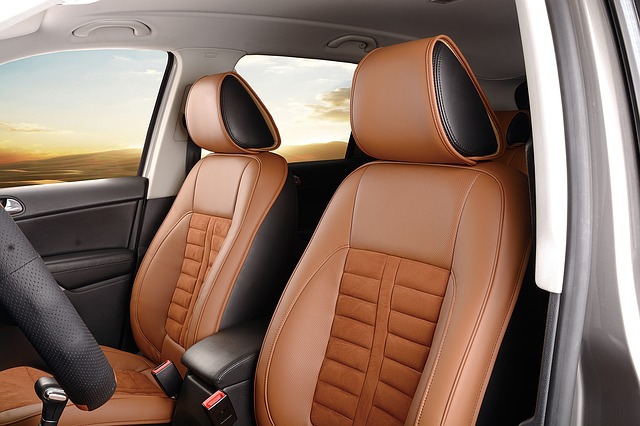
Distracted driving is driving while doing something else that takes your focus and attention away from your main task which is driving. There are three types of driving distractions. Visual distractions cause you to take your eyes from the road. Manual distractions cause you to take your hands off the steering wheel. And cognitive distraction causes you to think about something else other than driving and the road ahead. Any of these distractions can increase the risk of an accident. Which is why anything that can minimize the instances of distracted driving will be of great significance in making our roads safer.
This is likely one of reasons that prompted Changhong Research Labs and Freer Logic to come up with an innovative solution to help drivers stay focused behind the wheel. The technology was presented at CES 2017 and it involves a brainwave-reading car headrest.
We’re all familiar with what the car headrest is for — to help provide comfort while driving, and serve as a protective cushion to avoid serious head injury during a crash. With the addition of brainwave-reading technology, a new functionality will be added, and it can be a life-saving one.
Freer refers to the experimental headrest as a “non-contact neuro bio monitor headrest.” It has built-in sensors that are designed to do real-time monitoring of a person’s brain activity without the need for direct physical contact. Using electroencephalogram (EEG) technology, the sensors record brain activity, continuously checking whether the driver is paying attention and making sure his/her full focus is on driving. When attention falters, it can send an alert or signal to jolt him/her back into focus.
The technology was demonstrated using a live-feed showing the brain activity of an individual. When a person’s full concentration was on the video being watched, the screen showed a completely filled-up green bar. But when the person became distracted, a change in their brain activity was detected.
The fact that the system can detect the change in attention level is what they are building on. And once the system can detect not just decreased attention level but also drowsiness or sleepiness, it will be the start off point for creating a complementary system that will wake a driver up.
As reported by Wired, Freer was quoted as saying: “Right now they’re working with haptics to shake the wheel or shake your seat to wake you up or give you an auditory detection.” Of course, there are many other ways to alert the driver, but they have to refine and develop the effectivity of the brainwave-reading technology first.
Meantime, it’s still up to drivers to make sure they can fight off the tendency to get distracted while driving. At the very least, anyone behind the wheel of a car should never ever use his/her cellphone while driving because right now, it’s the number 1 driver distraction and a major cause of road accidents.
- Bulenox: Get 45% to 91% OFF ... Use Discount Code: UNO
- Risk Our Money Not Yours | Get 50% to 90% OFF ... Use Discount Code: MMBVBKSM
Disclaimer: This page contains affiliate links. If you choose to make a purchase after clicking a link, we may receive a commission at no additional cost to you. Thank you for your support!

Leave a Reply